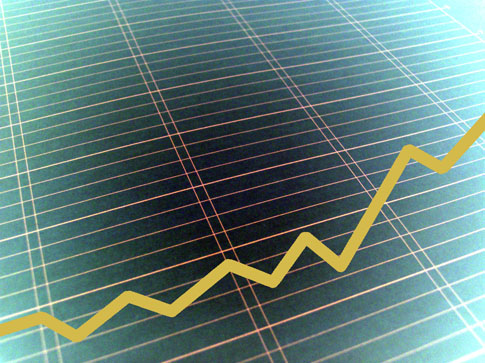How Economic Indicators Are Used
Instructions
-
1
Essentially indicators fall into three broad categories:
Leading – these indicators will predict future events. As you prepare to invest in a stock, you will base your estimation on how productive it will be for you in the longer run, say six to eight months. The stock market is a perfect example because the effects are felt just before a decline or growth period occurs. Components will include Average weekly hours, Money supply, Interest rate spread etc.
Lagging – these indicators follow a certain set of events or rise or fall after an event has take place. Unemployment figures or rate is a form of lagging indicator, where a decrease will show that the economy is not doing well. Moreover, a general upward trend will only be realized when the economy has recovered.
Coincident – these indicators will change in tandem with the economy, thereby presenting the current situation. A common example of these indicators is personal income, which increases or decreases with the performance of the overall economy. Other examples include Gross Domestic Product and industrial consumption. -
2
These indicators are used in variety of situations. Most commonly, they depict how the economy is performing as a whole. For instance Gross Domestic Product will provide a fair estimation of the total productivity levels of a nation. This will then be compared with other years, where economists will be able to reflect on the reasons for the shortfall.
-
3
Economic indications further reflect the inflation percentage prevailing in the country. This will not only affect the spending power of individuals but further have an effect on the money supply, import-export activity and the overall changes in global prices. Banks’ movement will be dictated by any upward or downward trend where they will then make decisions on whether to float money in the open market or keep hold of it.






